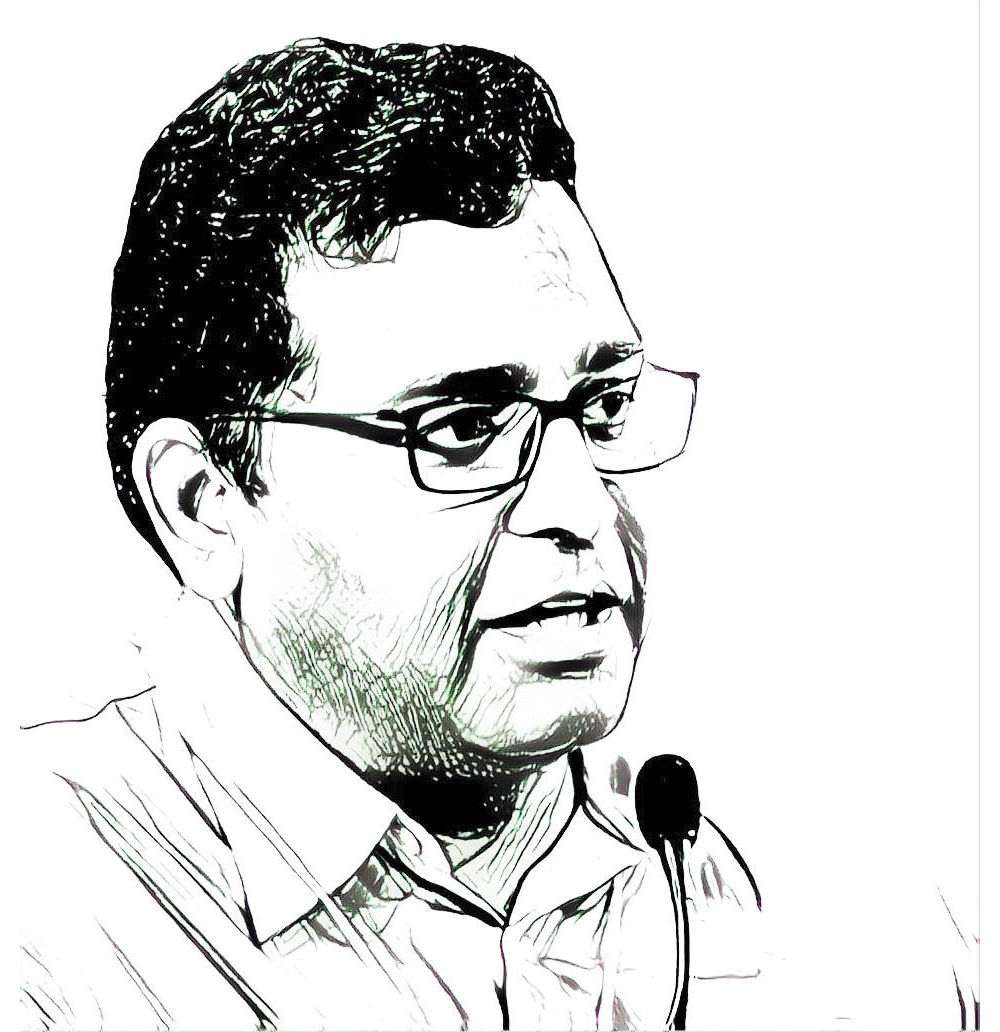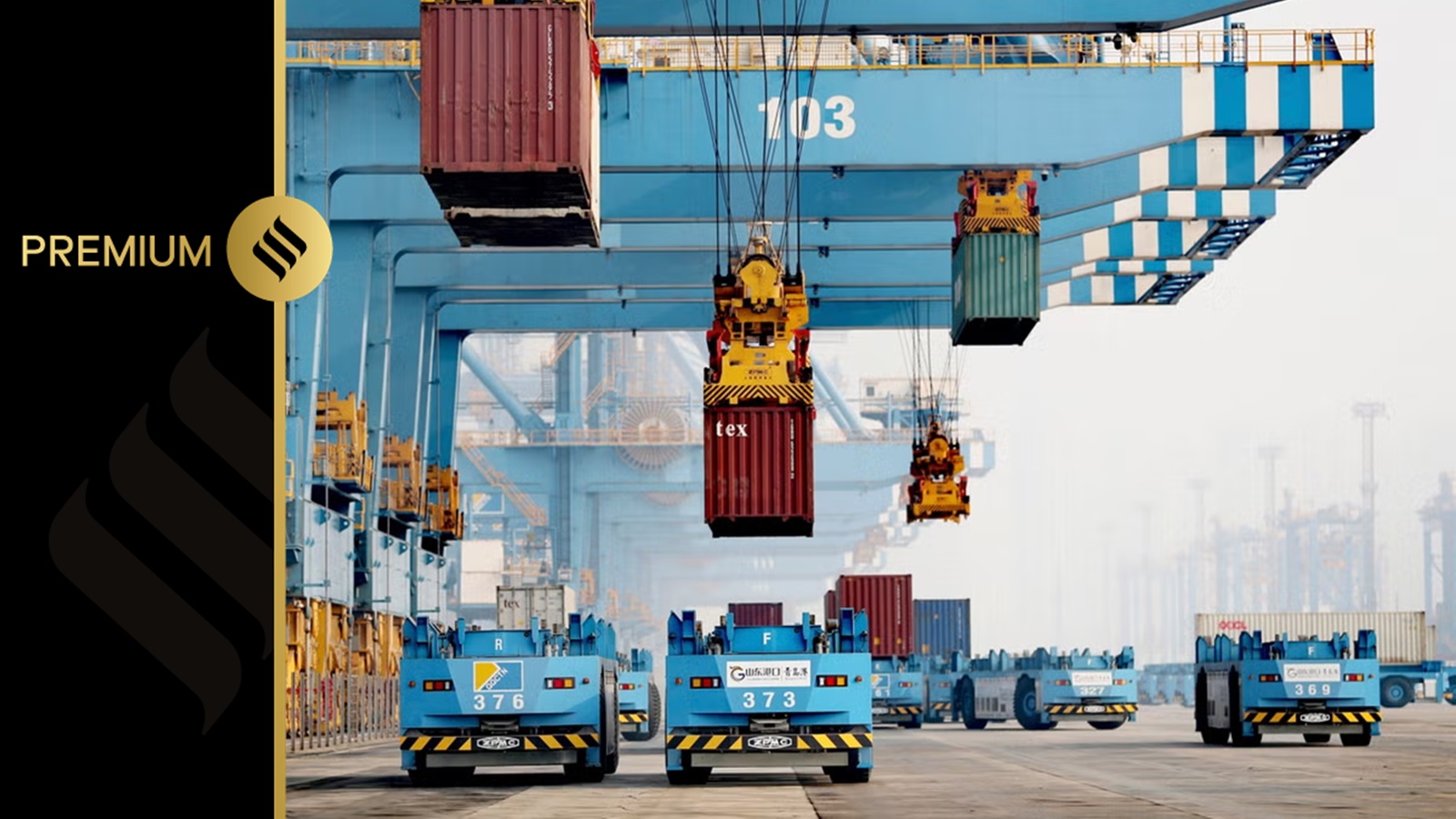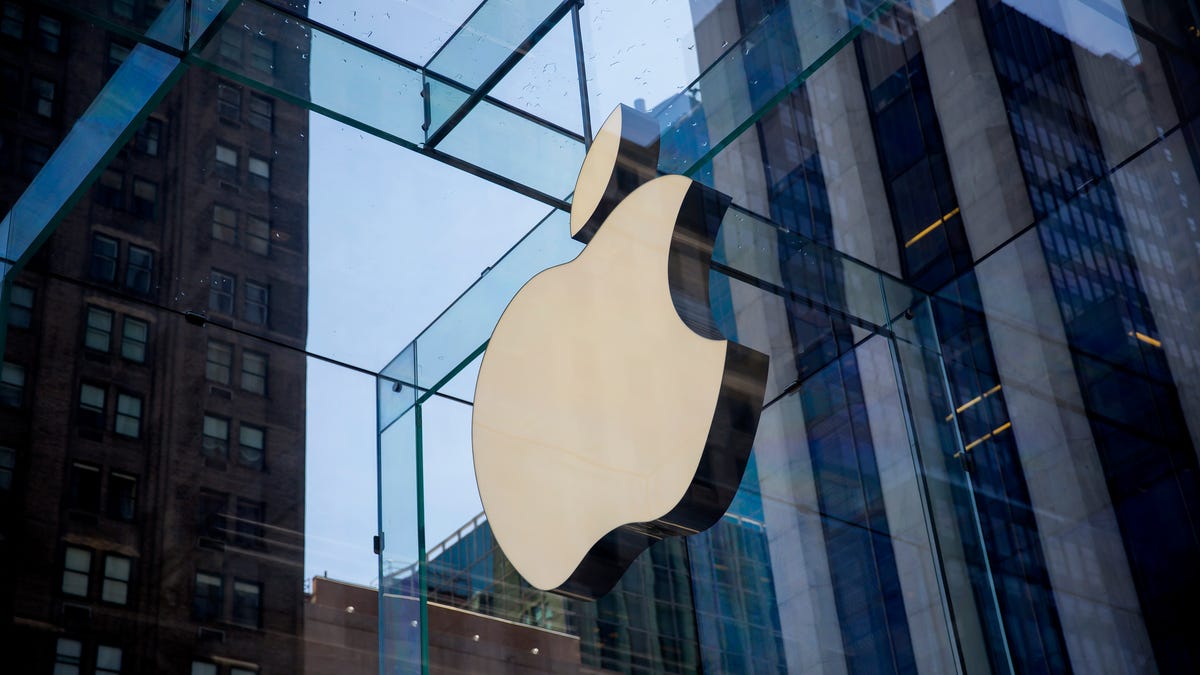- Arvind's Newsletter
- Posts
- Arvind's Newsletter
Arvind's Newsletter
Issue No #1058
1.Paytm and the art of self-sabotaging; Indrajit Gupta, Founding Fuel Publishing
The story of the meltdown at Paytm, one of India’s largest fintech companies, has been dominating the headlines in the past few weeks. It has also led to intense debates about who is right and discussions on the future of Paytm, and even fintech in India. In this feature, Indrajit Gupta and NS Ramnath of Founding Fuel, shine a light on what went wrong with Paytm and how things might pan out going forward. They write:
“Sharma has repeatedly misled the regulator and flouted rules. A former senior general manager at RBI puts it down to Paytm’s founder’s excessive reliance on brinkmanship. “It is hard to believe anything he says. He would agree to do a few things that we would point out to him. But by the next meeting, none of those changes would be made,” he said. On occasion, he would even shed crocodile tears in the meeting with RBI, with tears running down his cheeks. And just five minutes later, he would be laughing loudly and smiling outside the room. “We weren’t sure he understood what regulation meant—and how to engage with us in a serious manner.” Sharma believed he was fully capable of saving the day, even when he was on the precipice. In many ways, he became his own biggest enemy.”
2.India Ranks No 1, 2 & 3 in Ikea’s Priority Market List for Investment
India is ranked “number one, two and three” in Ikea’s priority markets list for investment, said Jesper Brodin, global chief executive officer, Ingka Group, adding that it’s tough to keep pace with the country’s digital and physical infrastructure development.
Ingka Group operates most Ikea stores as a franchisee. It is the largest global franchisee of Ikea, accounting for nearly 90% of its sales. The brand is owned by a separate company, Inter IKEA, which makes all its products.
“It has been incredibly interesting to see the speed of development in the last 5-10 years,” he told ET in an interview. “India has moved from a country catching up to a country that in many aspects are leaders in digital.”
He pointed to India’s leadership position in terms of growth. “We are deeply impressed by the economic progression, which if you compare to big countries, India is the leader in economic growth and development right now,” he said. “And the outlook is quite optimistic.”
It has since opened three large-format stores in Hyderabad, Mumbai and Bengaluru and two smaller city stores. It aims to open bigger stores in Gurgaon and Noida in the National Capital Region soon. It has also expanded e-commerce services in Maharashtra, Karnataka, Telangana, Andhra Pradesh and Gujarat and is targeting online operations in Delhi this year.
3.Trade diplomacy: Govt depts red-flag high duties to curb China imports, seek nuance in strategy
The Indian Express reports that some government officials have concerns about India’s steep duties impeding its potential to compete with other ‘China Plus One’ hubs like Vietnam, Thailand, and Mexico—all of which impose lower tariffs. The health ministry, Ministry of New and Renewable Energy, and Ministry of Electronics and Information Technology had pushed for withdrawals of duty hikes on capital and intermediate inputs from China that are critical for ramping up domestic manufacturing.
High duties push domestic producers to hike their prices too, in turn hurting local consumers and affecting export competitiveness.
4.Reliance, Disney India form entertainment juggernaut
Reliance Industries Ltd and The Walt Disney Co. have agreed to form a joint venture combining the businesses of RIL's associate company Viacom18 and Disney's Star India, creating a $8.5 billion media company in one of the world's fastest-expanding entertainment sectors.
Reliance, led by Asia's richest man Mukesh Ambani, will inject $1.4 billion in the merged entity, with the company and its affiliates holding a more than 63% stake. Disney will hold about 37%, the companies said in a joint statement.
The merger values the India business of the US entertainment giant at just around a quarter of the $15 billion valuation when Disney acquired it as part of its Fox deal in 2019, sources have said.
Together, the Reliance-Disney merged entity will have 120 TV channels and two streaming platforms, helping Ambani eclipse rivals such as Japan's Sony, India's Zee Entertainment and Netflix in the country's $28 billion media and entertainment sector.
Reliance said Nita Ambani, wife of Reliance boss Mukesh Ambani, would chair the board of the combined entity, and former top Disney executive Uday Shankar would serve as vice chair.
5.Apple is reportedly shutting down its EV project after spending billions of dollars over a decade
Apple is said to be canceling a decade-long bid to build an electric car, abandoning one of the most ambitious forays in the history of the company.
Apple made the disclosure internally Tuesday, surprising the nearly 2,000 employees working on it. The decision to ultimately wind down the initiative isa bombshell, ending a multibillion-dollar effort called Project Titan that would have vaulted Apple into a whole new industry. The tech giant started working on a car around 2014, setting its sights on a fully autonomous electric vehicle with a limousine-likeinterior and voice-guided navigation. That is now over.
The project will begin winding down, and many employees allocated to the team will be moved to Apple’s artificial intelligence division, Bloomberg reports.
Apple says it has been accelerating its research and development, spending nearly $30bn last year, with a fivefold increase in spending over the past 10 years.
6.The Paradox Holding Back the Clean Energy Revolution; opinion piece Ed Conway for New York Times
In the 1990s, when multicolor LED lights were invented by Japanese scientists after decades of research, the hope was that they would help to avert climate catastrophe by greatly reducing the amount of electricity we use. It seemed perfectly intuitive. After all, LED lights use 90 percent less energy and last around 18 times longer than incandescent bulbs.
Yet the amount of electricity we consume for light globally is roughly the same today as it was in 2010. That’s partly because of population and economic growth in the developing world. But another big reason is there on the Las Vegas Strip: Instead of merely replacing our existing bulbs with LED alternatives, we have come up with ever more extravagant uses for these ever-cheaper lights, from immersive LED art installations and carpets that glow to basketball courts that can play video. As technology has advanced, we’ve only grown more wasteful.
There’s an economic term for this: the Jevons Paradox, named for the 19th-century English economist William Stanley Jevons, who noticed that as steam engines became ever more efficient, Britain’s appetite for coal increased rather than decreased.
We’ve known about the Jevons Paradox for years, but it’s becoming a more troubling problem now that governments have pledged to eliminate their net carbon emissions to slow global warming. A significant part of that carbon reduction is expected to come from using more efficient products, be they electric motors instead of internal combustion engines, or LED lights instead of traditional bulbs. But the logic of Jevons is that instead of banking the efficiency savings we make as technology advances, we go out and spend it.
Climate activists are dismayed by the Jevons Paradox, since fossil fuel companies invoke it as an excuse to carry on digging and drilling. But we are unlikely to achieve our climate goals until we acknowledge, and work with, this feature of human nature.
7.Russia would use nuclear bombs on the battlefield despite not being attacked with them, leaked documents suggest.
Papers seen by the Financial Times show that Moscow’s criteria for the use of tactical nuclear weapons include enemy incursions into Russian territory or the destruction of 20% of its ballistic missile submarine fleet.
The files were created from 2008 to 2014, but experts told the FT they were still relevant to Russia’s military doctrine, and include scenarios for a Chinese invasion, revealing distrust of Beijing within Moscow’s elite despite the two countries’ alliance. One scenario envisaged dropping nuclear weapons on a second wave of advancing Chinese forces to slow down an invasion.
This is the first time that we have seen documents like this reported in the public domain,” said Alexander Gabuev, director of the Carnegie Russia Eurasia Center in Berlin. “They show that the operational threshold for using nuclear weapons is pretty low if the desired result can’t be achieved through conventional means.”
Russia’s tactical nuclear weapons, which can be delivered by land or sea-launched missiles or from aircraft, are designed for limited battlefield use in Europe and Asia, as opposed to the larger “strategic” weapons intended to target the US. Modern tactical warheads can still release significantly more energy than the weapons dropped on Nagasaki and Hiroshima in 1945.
8Battery-swapping for electric vehicles, instead of waiting to charge your car, could be making a comeback.
A Taiwanese company with 2,500 battery-swap stations for scooters charges riders a monthly subscription, and is expanding into India, Chile, and Colombia. Beijing has backed battery-swapping, and the Chinese EV firm Nio, with 2,000 stations in China, has set its sights on Europe. It’s not a new idea: Tesla trialed it unsuccessfully in 2014. Swap stations only work if all vehicles using the service have standardized batteries, which means it is well suited for commercial fleetsan EV expert told New Scientist. A U.S. battery-swapping startup has partnered with an automaker and a truck maker to run swap services in Spain and Japan.







